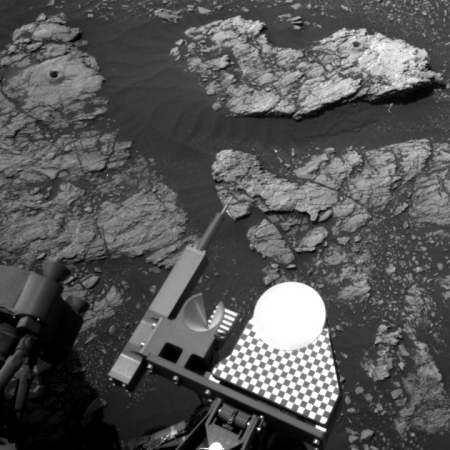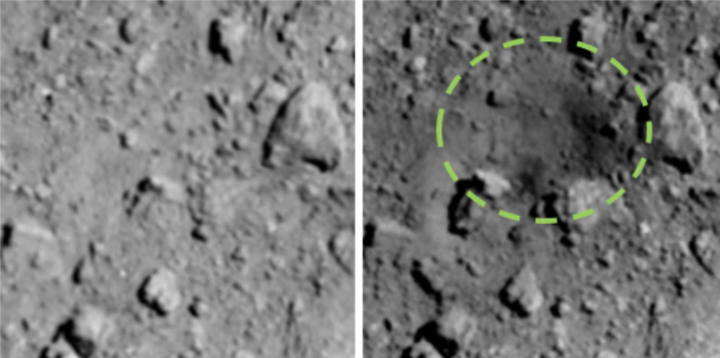Covington lawyers file defamation lawsuit against NBC/MSNBC
Push back: The lawyers for Kentucky teenager Nick Sandman have filed their third defamation lawsuit, this time against NBC/MSNBC for $275 million.
The previous suits were against the Washington Post for $250 million and CNN for $275 million. All three outlets have had a a truly dismal and partisan track record in the past two decades, which only grew more unreliable with the election of Donald Trump. They repeatedly get their facts wrong, and then refuse to correct the record when it is shown how wrong they were. As a prime example, all three bought into the Russian collusion hoax, spending two years selling the blatantly absurd idea that Donald Trump was a Russian agent who colluded with them to steal the 2016 election.
Trump however is a politician, and an adult. No one is surprised or horrified by that kind of dirty politics. Nick Sandman however was an innocent sixteen-year-old minor, attacked viciously for merely being white, pro-life, and for wearing a MAGA hat. With the evidence available that clearly shows how these leftist news outlets slandered him, all three outlets are very vulnerable to a big loss when this case gets before a Kentucky jury. In fact, I think his lawyers would be fools to settle.
Push back: The lawyers for Kentucky teenager Nick Sandman have filed their third defamation lawsuit, this time against NBC/MSNBC for $275 million.
The previous suits were against the Washington Post for $250 million and CNN for $275 million. All three outlets have had a a truly dismal and partisan track record in the past two decades, which only grew more unreliable with the election of Donald Trump. They repeatedly get their facts wrong, and then refuse to correct the record when it is shown how wrong they were. As a prime example, all three bought into the Russian collusion hoax, spending two years selling the blatantly absurd idea that Donald Trump was a Russian agent who colluded with them to steal the 2016 election.
Trump however is a politician, and an adult. No one is surprised or horrified by that kind of dirty politics. Nick Sandman however was an innocent sixteen-year-old minor, attacked viciously for merely being white, pro-life, and for wearing a MAGA hat. With the evidence available that clearly shows how these leftist news outlets slandered him, all three outlets are very vulnerable to a big loss when this case gets before a Kentucky jury. In fact, I think his lawyers would be fools to settle.


